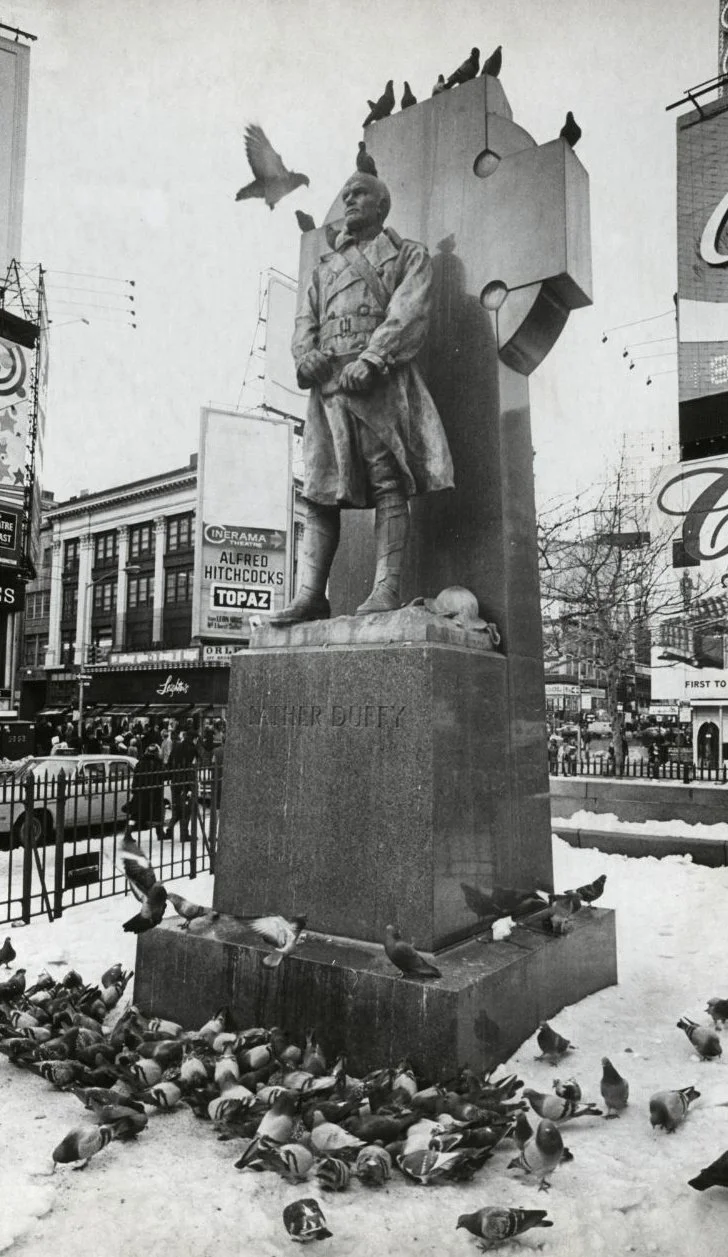In the past number of years, one internet term that has continued to intrigue is that of the Mandela Effect.
The Mandela Effect alleges that people can collectively create false memories of events in human history, for a variety of reasons.
The term for this collective misremembering was coined in relation to people apparently believing in large numbers that Nelson Mandela had died in jail and that his funeral had been broadcast on tv.
In an article on the topic, the Independent stated: ‘The unconscious manufacture of fabricated or misinterpreted memories is called confabulation’. They also said that this was quite common not just with historical events, but also in day to day life.
It also stated: ‘Frequently reported errors can then become part of collective reality. And the internet can reinforce this process by circulating false information’.
On RTE’s Prime Time this week, Tánaiste Leo Varadkar claimed that the state needed to go to Tuam and ‘rebury the 800 babies in that tank’.
Varadkar is not the only one to make such as statement as if it were fact. Other pro government figures such as Blindboy have spoken about the event as if it really happened and it was confirmed. They tend to also add in the extra detail that the ‘nuns threw the babies’ or ‘dumped the babies' ‘into the septic tank’. In 2015, pro government figure Blindboy even stated that in 2015 that they ‘found’ the bodies in the tank. No such thing happened.
This is the Mandela Effect in full swing.
Through Chinese Whispers, through deliberately misleading headlines, through anti Catholic urban myths and propaganda. That is how it spreads.
Rather than wade through all of it, the best example comes from a forgotten 2014 Irish Times article from Rosita Boland, entitled Tuam mother and baby home: the trouble with the septic tank story. The subheading is significant too: Catherine Corless’s research revealed that 796 children died at St Mary’s. She now says the nature of their burial has been widely misrepresented.
It opens with:
‘I never used that word ‘dumped’,” Catherine Corless, a local historian in Co Galway, tells The Irish Times. “I never said to anyone that 800 bodies were dumped in a septic tank. That did not come from me at any point. They are not my words.”
Boland then goes through the numerous headlines which twisted the story after the initial revelations.
The Washington Post for example, claimed Bodies of 800 babies, long-dead, found in septic tank. Al Jazeera said Nearly 800 dead babies found in septic tank in Ireland. The New York Daily News said 800 skeletons of babies found inside tank at former Irish home for unwed mothers.
None of these were true. But you can imagine the psychological effects on people who aren’t capable of independent research and who trust the media without question.
Boland points out that Corless’s work did indeed highlight 796 babies died, over a 30 year period, but Boland points out that infection spread rapidly and so compared to high death rate of the time in society at large, it was not unthinkable.
Boland then quotes Corless:
“I never used that word ‘dumped’,” she says again, with distress. “I just wanted those children to be remembered and for their names to go up on a plaque. That was why I did this project, and now it has taken [on] a life of its own.”
Boland then mentions how the story about bones occurred because some boys “came upon a sort of crypt in the ground, and on peering in they saw several small skulls. I’m told they ran for their lives and relayed their find to their parents.” This was in proximity to the home, hence the conflation between the grave being definitely of those in the home with no other explanation.
She spoke with one of the boys, who said: “But there was no way there were 800 skeletons down that hole. Nothing like that number. I don’t know where the papers got that.” The boy said that the number was closer to 20.
Towards the end of the story, Boland states that she pointed out to Corless that the sewage tank remaining in use between 1925 and 1937 means that it was not possible for 796 babies to have been put into it. Boland tells us that ‘Corless admits that it now seems impossible to her that more than 200 bodies could have been put in a working sewage tank’.
In a follow up post, Boland addressed Corless’s daughter, who had written a blog in response, in which Boland says that Corless’s daughter said that ‘this is false’, regarding the admission of the impossibility of the burials between 1925 and 1937.
Boland says that she recorded a video in the morning where Corless said ‘it’s quite possible’ that 796 bodies were in the tank. Boland then writes.
‘I called her about 5pm, and asked if she would check the number of deaths registered between 1925 and 1937. She phoned me back some minutes later, and told me it was 204.
I had carefully read and reread her article, The Home, which was first published in the Journal of the Old Tuam Society. In it, your mother states “the new sewage and drainage scheme was brought into Tuam in late 1930.” Your mother had earlier qualified that date as being 1937.
We then had a conversation about the fact the sewage tank was clearly still in use at the Home until the arrival of the new public water system. It was then that your mother stated to me on the phone that given the tank was in operation between 1925 and 1937, it thus now “seemed impossible” to her that bodies would have been put in a working tank during those years.
‘‘I put it to her that it could not then be the case that all 796 bodies could be in the tank, as other media outlets were reporting. She agreed. I have my notes of that phonecall’’.
The Mandela Effect seems to have erased this from people’s minds. It has also erased the fact that the Tuam Mother and Baby Home Report not only did mention a tank, but mentioned a man on site who made coffins for those who died. The nuns paid for him to work there with their own money, since the outside world preferred nothing to do with the kids inside and the secular county council regularly refused the request of the nuns to help the children with funding.
This Mandela Effect would have only been made worse during Ireland’s Repeal the 8th Referendum, when politicians, activists and journalists repeatedly presented the ‘babies in a septic tank’ story as fact, for political purposes. There have also been crude cartoons, including one of a nun wiping her backside with babies with the title ‘Holy Sh*t’ that went viral on Facebook as if it were fact.
There are many who no longer regard History as a something that should be subjected to Scientific modes of Enquiry. Many liberals will assert that emotion, social media and political convenience should dictate what is historically true and what is not. But we don’t believe that. The sources are clear, the science is clear, the evidence is clear. No excavation has happened, no babies have been found, no septic tank has been emptied.
You can read Rosita Boland’s article here: Tuam mother and baby home: the trouble with the septic tank story (irishtimes.com)







